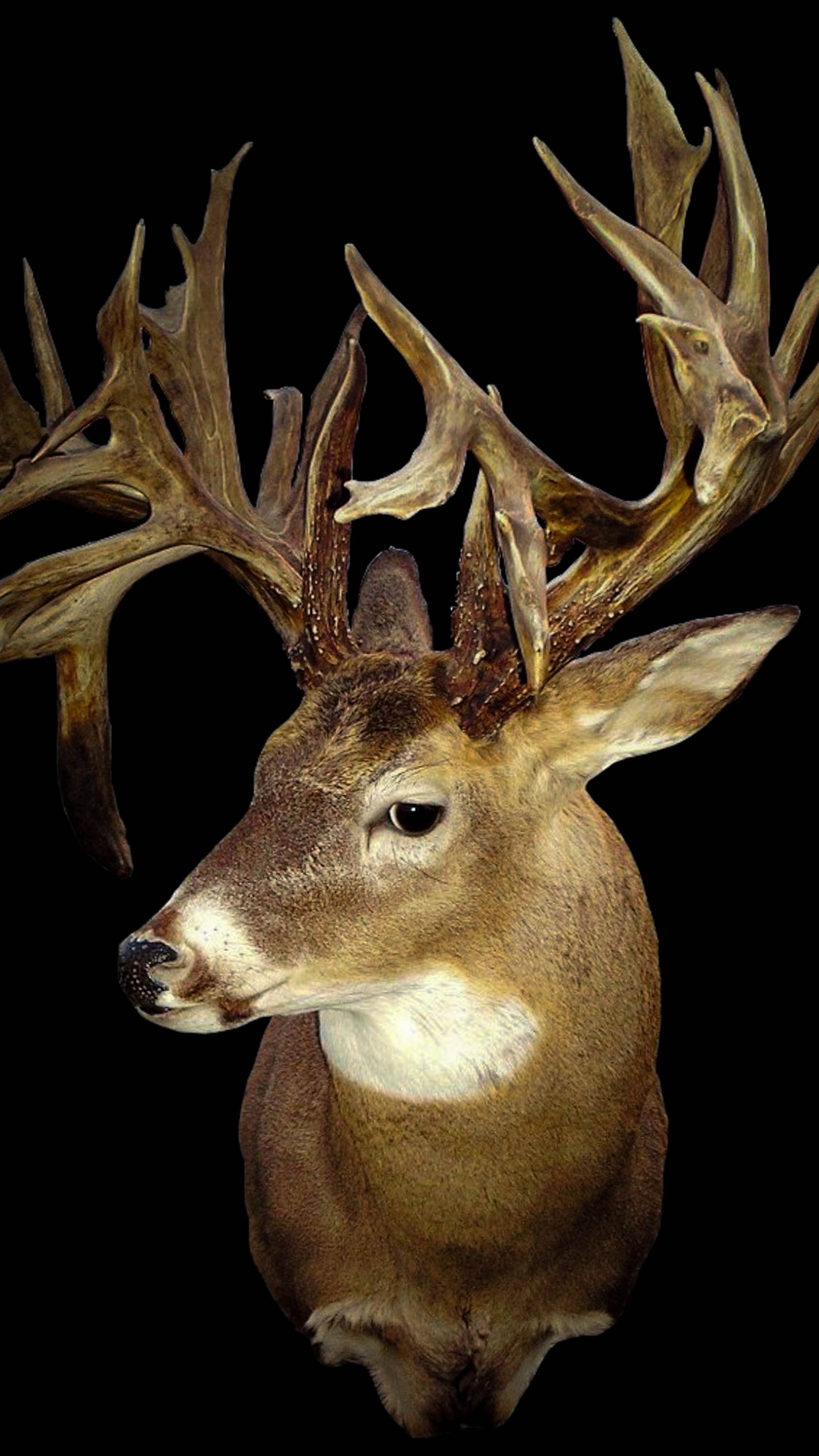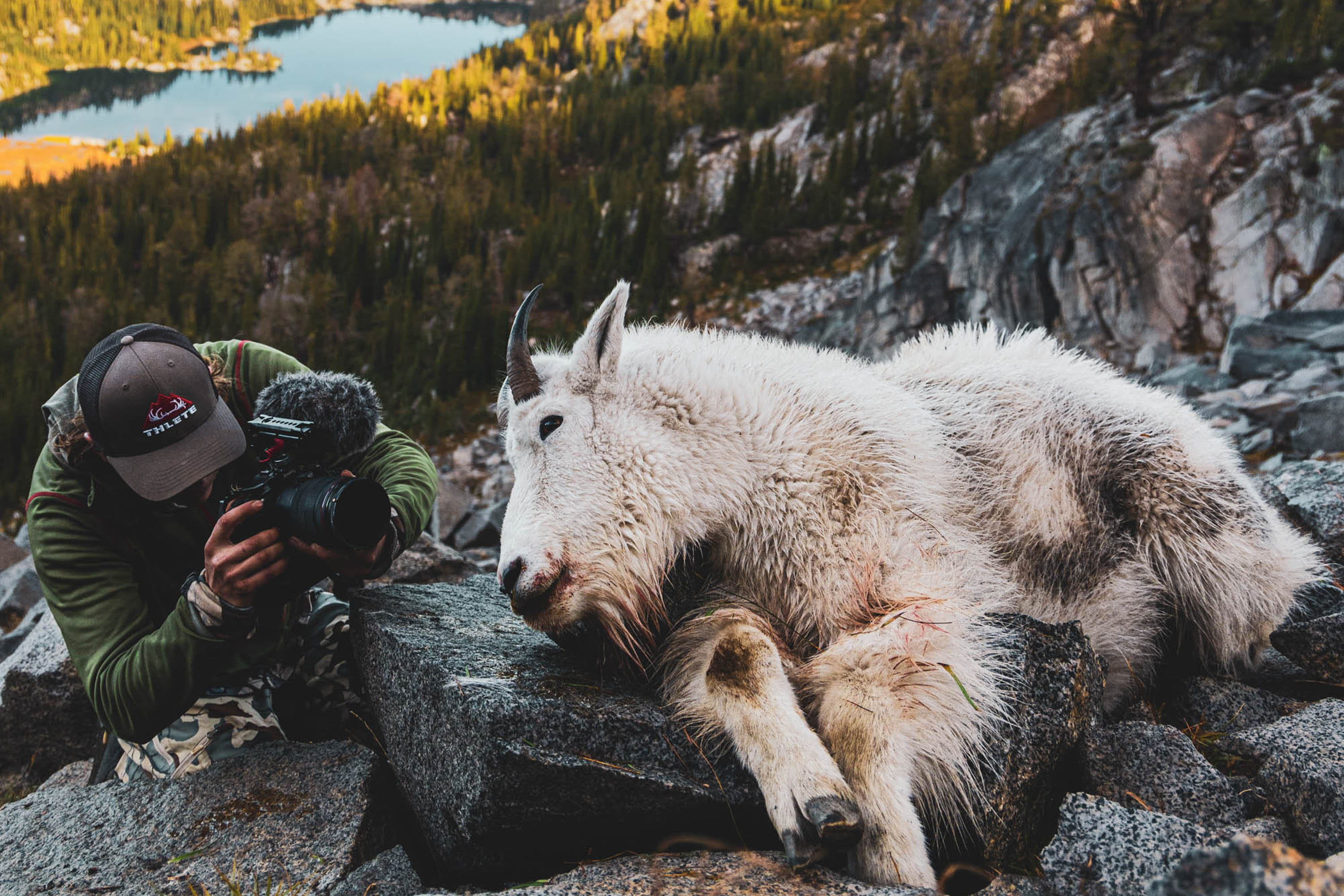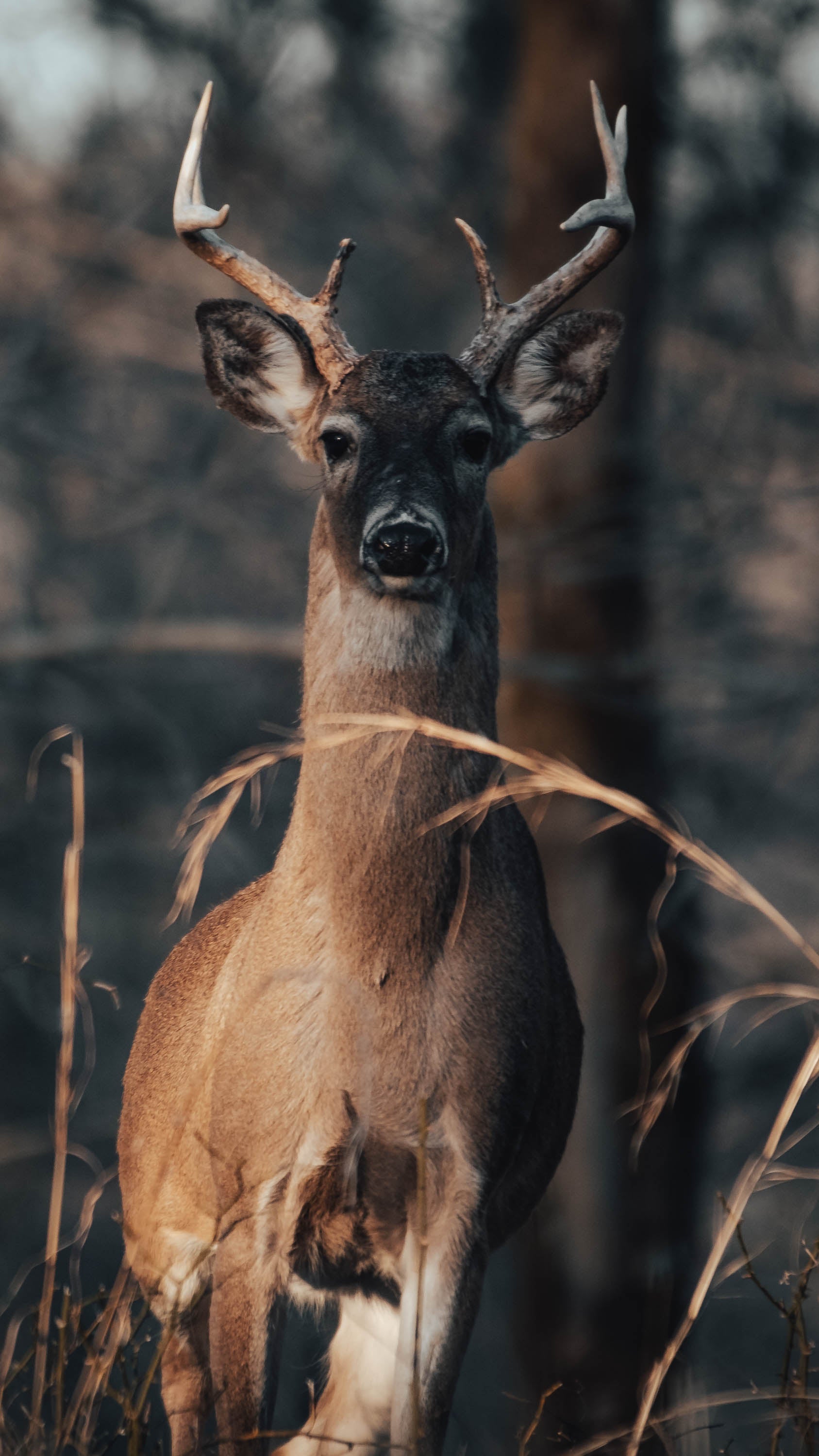
The Minnesota Monarch: The Story of a Legendary Whitetail Buck in Northern Minnesota
The Minnesota Monarch, a colossal whitetail deer with an astounding 39 points and over 300 inches of scoreable antler, is often overlooked when discussing giant whitetails. This is mainly because little is known about him. Unlike whitetails found in the croplands of the Midwest or on Texas ranches, the Minnesota Monarch resided in the vast wilderness of northern Minnesota. Each winter, he would emerge to feed at a resident's feed station near Ely before vanishing back into the fringes of the Boundary Waters Canoe Area (BWCA) each spring. His true home range remains a mystery to this day.
Rumors surrounding the Minnesota Monarch suggest that he possessed an incredible 334 inches of non-typical antler growth. However, much of his history is shrouded in speculation. The individual who consistently discovered his shed antlers wished to remain anonymous. Though not a hunter himself, he believed that the deer was killed by a hunter during the winter of '91-'92. What is confirmed is that the sheds left behind by the Monarch in the winter of '89-'90 constitute the largest matching set ever found. The right antler alone scored an astonishing 180 inches, while the left antler measured an impressive 139 4/8 inches. This adds up to a gross score of 319 4/8 inches, with a net score of 310 4/8 inches. The only unknown variable associated with this massive buck was his inside spread, which is estimated to be around 23 1/2 inches, bringing his total antler growth to approximately 334 inches—an astonishing feat.

The Monarch reached his peak in the fall/spring of 1989/1990 when he was believed to be 8 or 9 years old, an unusually advanced age for a buck with such monumental antlers. The antlers he carried during that period are recorded as the largest ever documented. He returned in the winter of '91 but possessed a significantly smaller rack. His sheds were never recovered, and no hunters in the area reported sighting or harvesting a buck of his magnitude. The circumstances surrounding his demise remain a mystery, which perpetuates his legendary status. Was he poached or perhaps brought down by wolves? Did he succumb to old age? The truth will never be known for certain, but it is the enigma surrounding this potentially largest whitetail to have ever roamed the earth that keeps his memory alive.
The individual who photographed and fed deer in the area requested anonymity to prevent hunters from discovering the buck's location. However, after the sheds were unveiled to the locals, news spread rapidly. He expressed regret, saying, "I'm sorry I didn't hide them. They brought too many people out and put too much pressure on the herd. The big bucks I've had here, they have killed all of them." He believes that the buck was taken by a hunter in the fall of 1991. "He didn't come back the third year; I'm sure he got shot," he lamented. To this day, no antlers of comparable magnitude have ever been found.
Many northern whitetails migrate to safer locations with better food sources during the harsh winter months, increasing their chances of survival in the unforgiving northern climate. The Minnesota Monarch followed a similar pattern. For three consecutive years, this magnificent buck would appear each February to feed during late winter before returning to the vast wilderness of the BWCA in the spring.

As someone who spends many summer weekends in the Northwoods, not far from where the Minnesota Monarch was believed to reside, I have yet to witness a buck that could rival even half of his scoring potential. However, I have been fortunate enough to encounter a few northern Minnesota giants. The vastness of the 1.1 million-acre BWCA presents a true challenge when it comes to locating and hunting trophy bucks. Nonetheless, knowing that the genetics of the Monarch live on keeps the dream alive. It is entirely possible that a distant descendant may roam the wilderness of the north. In such a remote area, many whitetails may live their entire lives unseen.

Nearly three decades have passed since the disappearance of this magnificent animal, and he is seldom mentioned. However, his legend will undoubtedly persist among hunting camps throughout the Northwoods, ensuring that his legacy endures.




